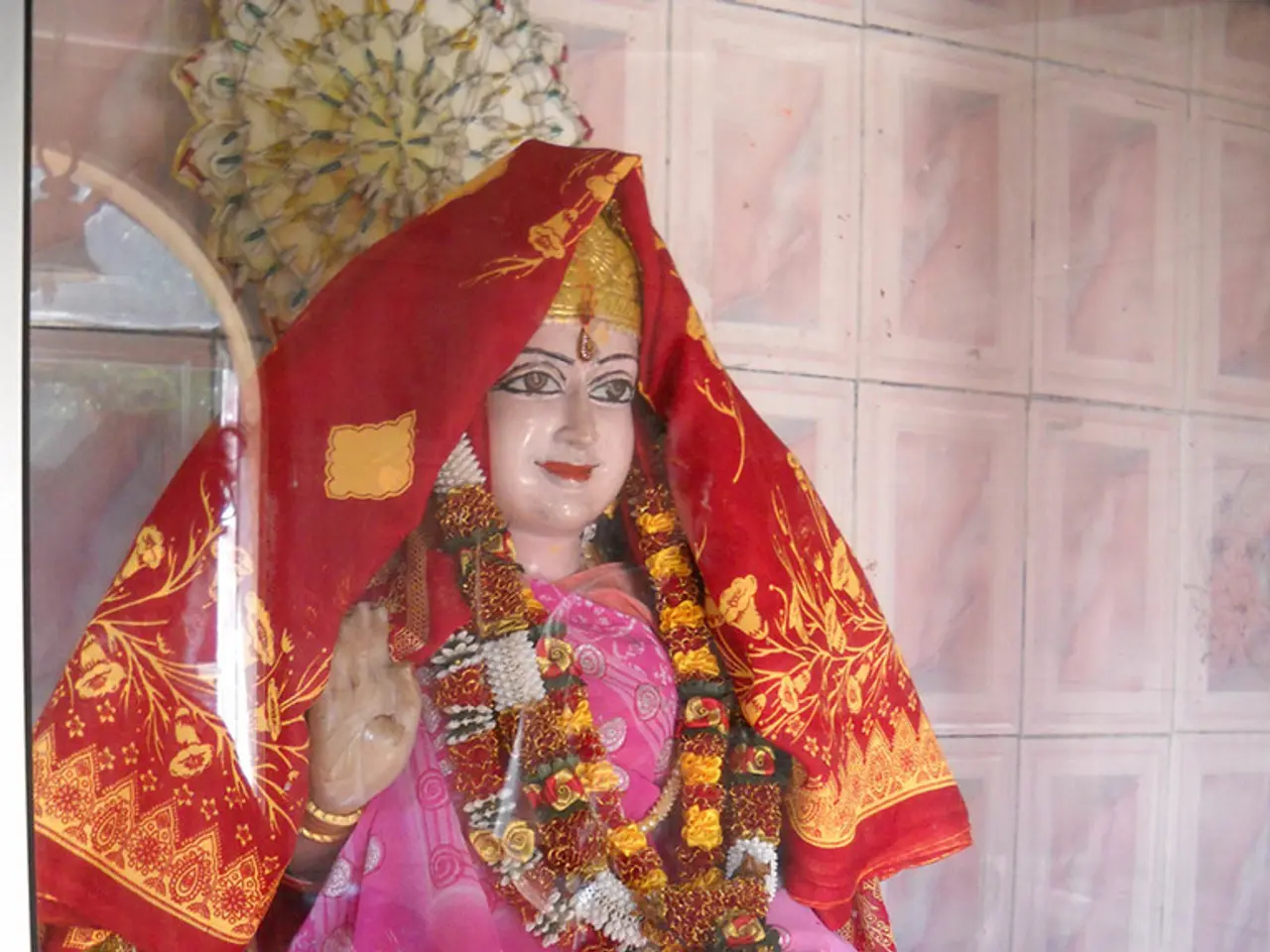Exploring the Unseen Realms of Ireland
In the realm of ancient mythology, the hidden dimensions of the Celtic Otherworlds and the esoteric realms of Tibetan Buddhism, such as Shambhala and Agharta, share striking similarities that hint at a universal human imagination. While direct historical or cultural links between these two traditions remain elusive, the common themes and symbolic connections are undeniable.
The Celtic Otherworld, including Tír na nÓg, Tir na mBeo, Mag Mell, and Tech Duinn, represents invisible or hidden dimensions that exist parallel to our ordinary reality. These supernatural realms, inhabited by gods, supernatural beings, and the souls of the dead, can be accessed via special portals, caves, or mounds. The Tibetan counterparts, Shambhala and Agharta, are mythical kingdoms said to be located in remote, hidden locations, often underground or in a remote Himalayan region.
Both realms are viewed as sources of deep spiritual truth and power. In Celtic mythology, the Otherworld is a place where heroes receive wisdom or magical gifts, symbolizing transcendence and revelation. Similarly, Shambhala is seen as a pure land of enlightenment and spiritual guidance, often linked to the idea of a future golden age or renewal for humanity.
Time flows differently or not at all in these hidden realms, reflecting a spiritual plane beyond human constraints. The Otherworld is typified by timelessness, while Shambhala and Agharta are depicted as timeless or eternal realms where enlightened beings or kings reside in perpetual spiritual bliss.
Access to these realms is often guarded and limited to the worthy or those with special knowledge. Celtic myth speaks of magical barriers and guardians, while Tibetan traditions describe secret knowledge and spiritual discipline necessary to reach Shambhala or Agharta.
The Celtic Otherworld could be seen as analogous to Greek Elysian Fields or Teutonic Valhalla, symbolizing a realm after death or other spiritual plane. Shambhala and Agharta also function as conceptual "otherworlds" within Tibetan Buddhist cosmology—alternate sacred geographies rather than purely physical locations.
Despite their differences in context, both the Celtic Otherworld and the esoteric realms of Tibetan Buddhism articulate archetypal concepts of a hidden, sacred realm beyond ordinary experience, associated with spiritual power, timelessness, and initiation. These shared themes likely arise due to common human spiritual imagination and symbolic structures rather than specific cross-cultural transmission.
From the Irish poet Oisin's journey to the Otherworld with fairy maiden Niamh to the prophecies surrounding Shambhala, these myths and legends continue to captivate our imaginations, offering glimpses into the universal human quest for spiritual enlightenment and the mysteries that lie beyond our physical world.
---
*Sources:* [1] Llewellyn Encyclopedia (2025) - Celtic Otherworld as timeless realm analogous to Greek and Teutonic cosmic otherworlds. [2] CINI Special Issue on the Eranos Experience (2025) - Buddhist Shambhala myth and Western esoteric reception.
- In the realm of lifestyle and self-development, exploring the Celtic Otherworld through Irish poetry like Oisin's journey with Niamh serves as a metaphor for the universal human quest for spiritual enlightenment and the mysteries that lie beyond our physical world.
- Fashion and beauty often draws inspiration from mythical kingdoms like Shambhala and Agharta, Tantric Buddhist realms known for theirdepiction as timeless or eternal, where enlightened beings or kings reside in perpetual spiritual bliss.
- Education and self-development often delve into the shared symbolic connections between food and drink, travel, and the hidden dimensions of the Celtic Otherworld and the esoteric realms of Tibetan Buddhism, providing insights into the common human spiritual imagination behind such archetypal concepts.








